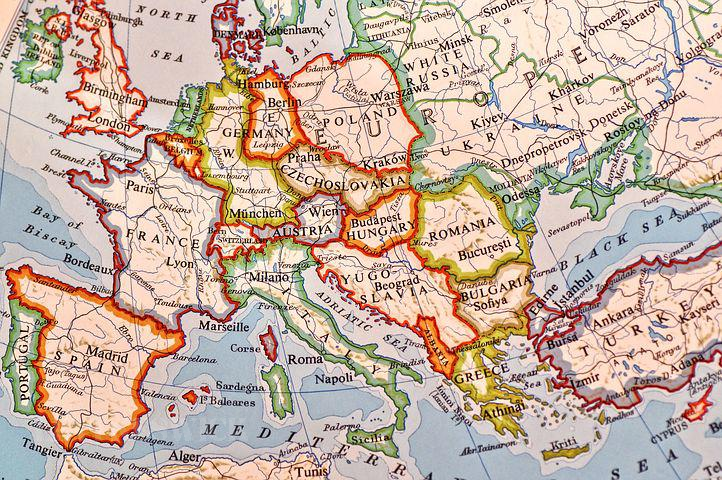Europe, the world’s second-smallest continent, is a diverse place with many different cultures and languages. However, regardless of size, Europe does offer a wide variety of destinations to choose from when planning a trip. Whether you want to explore the historical sights of Rome, the natural beauty of the Swiss Alps, or the nightlife of Barcelona, there is sure to be a European destination that meets your needs. If you want to experience cultural diversity, then a trip to Europe is a great choice. However, it would be best to keep a few things in mind before planning your trip.

Decide Where You Want to Visit
The first step in planning a trip to Europe is deciding where you want to go. With so many different countries and regions, choosing just one (or two) destinations can be difficult. When deciding, consider what type of activities you want on your trip.
For example, do you want to spend your time sightseeing, or would you prefer to focus on outdoor activities such as hiking or skiing? Once you have an idea of the type of trip you want to take, research different destinations that offer the activities and attractions you are interested in.
Choose a Time of Year to Travel
Europe experiences a wide range of weather conditions, so it is vital to consider the climate of your chosen destination when making your decision.
For instance, if you want to go skiing in the Alps, you must travel during winter. However, if you are interested in spending time on the beach, you must travel during the summer.
If you are flexible with your travel dates, another factor to consider is the peak tourist season for your chosen destination. Many people travel to Europe during the summer, resulting in large crowds and higher prices for hotels and attractions. If you want to avoid the busiest time of year, consider traveling during the shoulder season (spring or fall) or winter.
Think About Transport
If you are flying, consider which airport is closest to your destination. Note that smaller airports often have cheaper flights, but they may also be located further away from your chosen destination.
If you are traveling by train, research the different rail passes that are available. Taxis are also a popular form of transport in Europe, but they can be expensive. In Slovakia, taxi Vienna Bratislava is the best way to get from point A to point B considering the distance and the available public transport connections. With a taxi, you also travel comfortably, especially if you carry luggage.
Determine Your Budget
Traveling without a budget is a recipe for disaster. Before planning your trip, take some time to determine how much money you are willing to spend. Once you have a budget in mind, research the average cost of accommodation, food, transportation, and activities in your chosen destination. This will help you make informed decisions about where to stay and what to do on your trip.
Europe is a large continent with many accommodation options, from camping and hostels to five-star hotels. Suppose you are working with a limited budget. In that case, you may consider visiting Eastern European countries such as Poland or Hungary, where the cost of living is lower than in Western European countries.
When setting a budget, it is vital to consider the currency exchange rate. If you travel from the United States, the Euro is worth more than the dollar. Your money will go further in Europe than it would at home.
Get Travel Insurance

Image source:https://pixabay.com/illustrations/insurance-travel-travel-insurance-1991277/
Travel insurance is a must for any trip, but it is crucial when traveling to Europe. This insurance will protect you if you need to cancel your trip due to an emergency or if you experience an unexpected medical expense while on vacation.
There are many different types of travel insurance, so be sure to research the various options before purchasing a policy. You should also consider the coverage you need based on the activities you plan to do on your trip.
For example, if you plan to ski in the Alps, you will need a policy covering winter sports. Additionally, find a policy covering emergency medical expenses if you have a pre-existing medical condition.
Several vital steps are needed when planning a trip to Europe. It would be best to decide what trip you want to take and choose a time of year to travel. It is also essential to set a budget and research the average cost of accommodation, food, transportation, and activities in your chosen destination. Additionally, you should think about transport and get travel insurance. By following these steps, you will be well on your way to planning a successful trip to Europe.












